- Home
- slideshows
- miscellaneous
- Nearly everyone living in Alaska gets about $2,000 a year from the state's $65 billion fund. We asked 9 Alaskans how they spend it.
Nearly everyone living in Alaska gets about $2,000 a year from the state's $65 billion fund. We asked 9 Alaskans how they spend it.
Daniel Helmer, pictured here with his dog Galena, and his wife use the dividend to stock up on fuel and food before winter cuts them off from the rest of Alaska.

Jordan Iverson used her dividends to pay for college and then get an apartment after graduation.
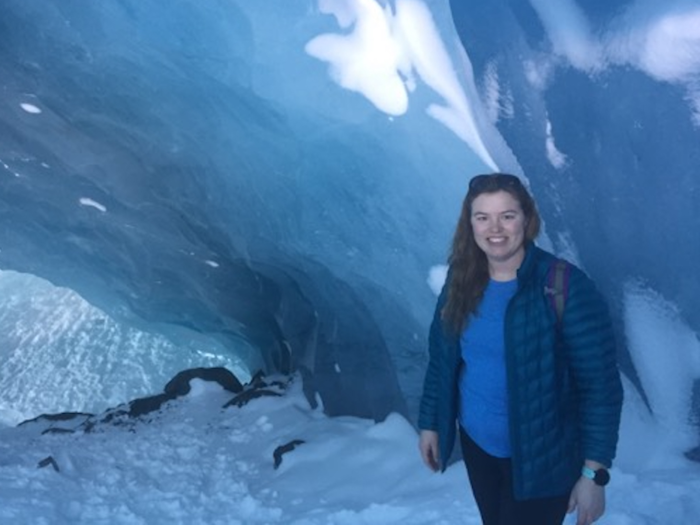
Iverson, 25, is a nurse who has lived in Anchorage her whole life, except for when she spent four years in Michigan for college.
Her parents set aside her dividends from birth into a college fund, which was a habit she continued through graduation. She managed to graduate with 80% of it left, and used it to purchase a condo.
With those major payments out of the way, Iverson decided to use last year's PFD entirely for travel.
Christopher Wright and his wife have spent decades as rural Alaskans and use their dividend to keep their home heated and in good shape for the winter.
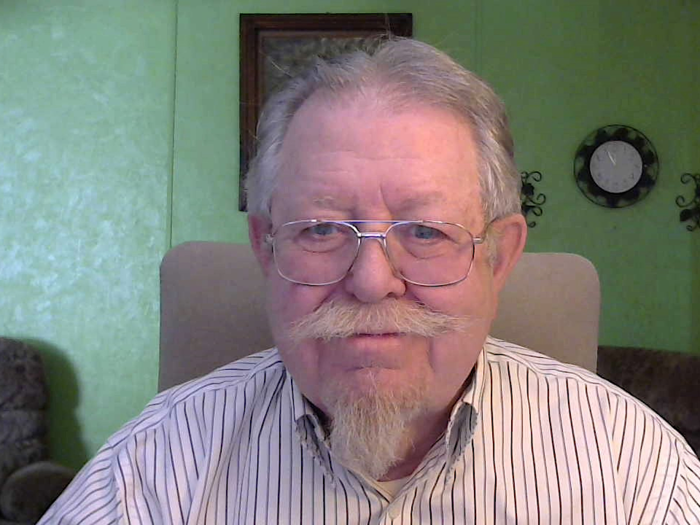
Wright, 73, and his wife are "long retired" and live in the Copper River Basin, whose communities together only have a few thousand people and include a large Alaskan Native population.
He said there's not a large cash economy in his community, but "heating oil is not something you can trade for and can run $300-400/month for the eight months of winter," so that's where the PFD comes in.
He and his wife have used their dividend payments over the years for heating oil, a new metal roof for their house, remodeling materials, a new septic system, winter clothing, and medical emergencies.
"Often it feeds me and keeps me warm," Wright said of the PFD. "Many folks in our region could not stay without the help of this fine fund."
Scott Maxwell has received the PFD for four years, and it helps him visit his family on the East Coast.
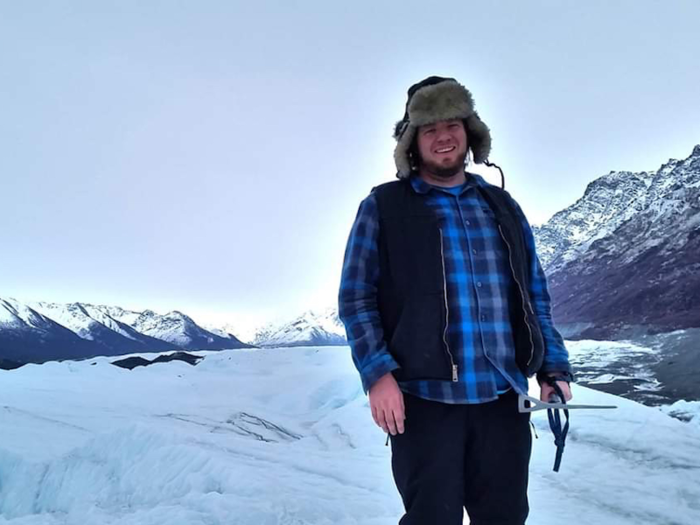
Maxwell, 38, is a teacher who's been living in Anchorage since fall 2014 and has received the dividend since 2015. Even though he's only received it for four years, he said, "It is a crucial part of my financial planning."
"I usually budget about $700 each year for airfare to visit family for Christmas. The rest — whatever it is — goes on the credit cards and helps me get a jump on living expenses."
Maxwell said that the idea often thrown around of people moving to Alaska en masse just to get the PFD benefit has to be a myth because it doesn't make sense. The dividend "helps mitigate the increased cost of living a bit, but that's it," he said. "You live here because you have to or want to. You stay here because you love Alaska."
Karina Packer has used the PFD to pay off student loans and build a savings account. She used last year's PFD to buy a puppy.
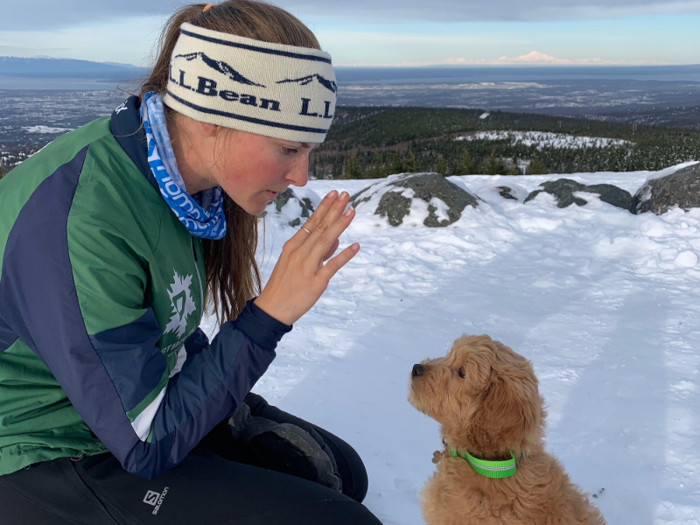
Packer is a 26-year-old project manager at a large construction and engineering consulting firm who has spent most of her life in Anchorage.
She's used her dividend for college expenses and student loan payments, but said she is privileged that her job ensures she does not have to rely on it. Last year she decided to splurge and use her dividend to buy a "PFD puppy."
Packer said that going forward, she is planning on using the state's Pick.Click.Give. feature to automatically donate a portion (maybe 20%) of her dividend toward charity or an educational organization.
She said her job has brought her throughout the state, including remote areas, and it's shown her the way the PFD is embedded in people's lives.
"From the man I met on St. Lawrence Island who puts 100% of his family's PFDs towards heating oil each winter to a couple running their own fishing charter who use it to invest in equipment and repairs for the upcoming season, there are Alaskan residents that depend on getting that check every fall," she said.
Nathan Zierfuss-Hubbard, pictured here with his wife Pamm, moved to California in 2017, but he's used the PFD for assistance in all stages of life.

Zierfuss-Hubbard, 44, lived in Fairbanks and Anchorage before moving to California.
"I have received the PFD as a child, college student, young father with a family, and single dad, and have a son who got it, too," he said.
"At all those stages and in various states of employment it made a difference in different ways. As a child it contributed to the family's income and was often translated into paying for school clothes or supplies. It helped with unplanned bills and the higher cost of living."
Zierfuss-Hubbard is critical of the way the government has used the permanent fund and questions whether the dividend money could be used to solve long-term problems that would make the dividend less important, but he also recognizes how it's become an essential part of Alaskan life, especially for rural Alaskans.
Melodey Martindale is a lifelong Alaskan who has spent her adult life using the PFD solely to pay bills and buy food.
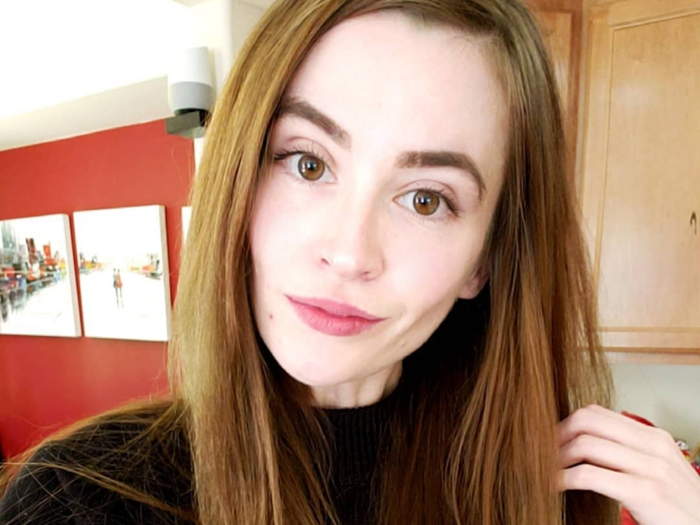
Martindale is a 29-year-old graphic artist who has spent her life in Anchorage.
She builds the PFD into her annual finances, saving it entirely for assistance in paying bills.
She said her main issue with the permanent fund, though, is that "the government keeps trying to dip its fingers in it," to the detriment of Alaskans.
Terry G. used his dividend to build a log cabin.
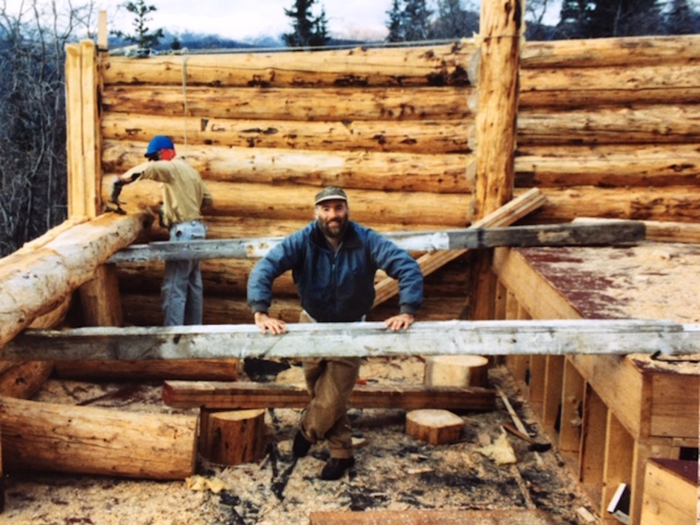
Terry, who declined to share his full last name, is a 59-year-old tour bus driver who has lived seasonally right outside of Denali National Park for the past 34 years. There were three years, however, where he lived there full-time, meaning he received three PFD checks. They helped him build the log cabin he lives in when he's in Alaska.
"While there are people who spend their whole check on one thing — there are many sales promotions encouraging one to do just that — I never earmarked my PFD for one particular thing," he said, but remembers using much of it for construction materials and a chainsaw that was marked down as part of a PFD sale.
"As a seasonal worker, no banks wanted to loan me money to build in an area with no building codes, so I was buying materials mostly paycheck to paycheck. My gross income was only about $10,000 per year at that time, so a $1,000 check bumped my income about 10%, a substantial amount."
Larry Hall, pictured here in 1973 with his son, no longer lives in Alaska, but was there for the creation of the permanent fund in 1976 and the first dividend payment in 1982.
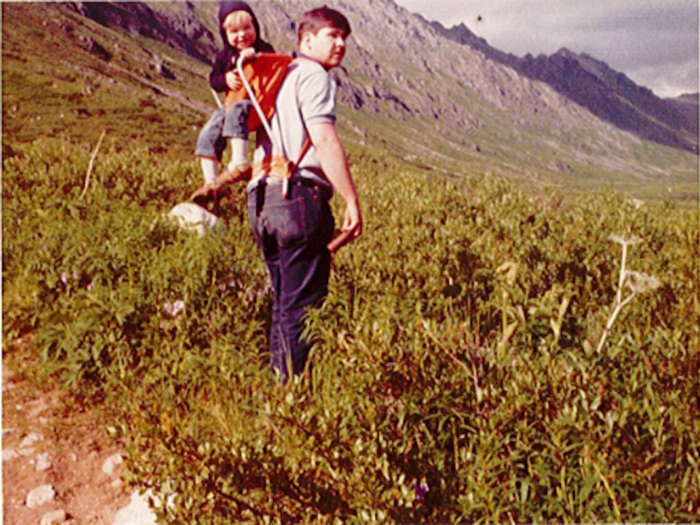
Hall, a 69-year-old trucking safety consultant, moved to Wasilla in 1972 after military service in Vietnam, and left Alaska in 2000. He was a big fan of Gov. Jay Hammond and followed the permanent fund from proposal to policy, and then to its distribution of a dividend.
When he lived in the state, Hall and his wife saved their family's dividends to buy their first house, and then spent PFD deposits on bills and groceries, avoiding splurge spending.
As he looks at the current debate over the PFD, he said, he sees both misconceptions of what it was intended to be and "greedy" politicians.
He said, "it was not a guaranteed basic income for lazy people that did not want to work. We saw it more as a return for stocks in the big oil companies. People that were working did not quit working. People did not flock to Alaska to get a free check."
He continued: "What it did was help people to find a job, go to school, pay medical bills, go to the dentist, and so forth. People that could not get a job because they did not have a car bought a car. Not one person I knew or my family considered it a guaranteed basic income that we could rely on."
Popular Right Now
Popular Keywords
Advertisement